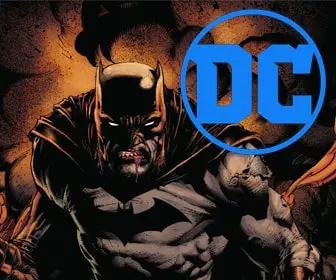
The History of Manga: Tracing the Roots of Japan’s Iconic Art Form

Manga, the distinctively Japanese form of comic art, has captured the imagination of millions worldwide with its unique storytelling style and diverse range of genres. From humble beginnings in ancient Japanese art to the massive, global industry it is today, manga has undergone a fascinating evolution. In this article, we will delve into the rich history of manga, tracing its origins and exploring its growth into the powerful cultural force it has become.
- The Early Roots of Manga: From Scrolls to Woodblock Prints
The origins of manga can be traced back to Japan’s ancient art forms, including the “Choju-giga” scrolls from the 12th century, which featured caricatures of animals and people in humorous situations. The development of the woodblock printing technique during the Edo period (1603-1868) led to the creation of “ukiyo-e,” a popular form of art that depicted scenes from everyday life and inspired the evolution of manga.
- The Dawn of Modern Manga: Hokusai and Rakuten
Katsushika Hokusai, a renowned ukiyo-e artist, is credited with coining the term “manga” in the early 19th century. His sketches, known as “Hokusai Manga,” combined elements of traditional Japanese art with a more casual, playful style. This approach was later adopted by Kitazawa Rakuten, who is considered the “Father of Modern Manga.” Rakuten’s work in the early 20th century helped establish the foundational elements of manga storytelling and art.
- The Post-War Era: Osamu Tezuka and the Golden Age of Manga
Following World War II, manga experienced a boom in popularity, led by the innovative work of Osamu Tezuka, the creator of iconic characters such as Astro Boy and Kimba the White Lion. Tezuka’s dynamic panel layouts, cinematic storytelling, and expressive character designs revolutionized the medium, inspiring a new generation of manga artists and launching the “Golden Age” of manga.
- The Expansion of Manga Genres and Demographics
As the popularity of manga grew, so did its range of genres and target demographics. Manga for boys, known as “shonen,” and manga for girls, known as “shojo,” emerged as dominant categories, each with its distinct style and themes. Other genres, such as “seinen” (for young men) and “josei” (for young women), also flourished, catering to a growing and diverse readership.
- Manga Goes Global: The International Impact of Japanese Comics
In the late 20th century, manga began to make its mark on the international stage, with series like Akira, Dragon Ball, and Sailor Moon gaining popularity outside Japan. Manga’s influence on Western comics and graphic novels is evident in the adoption of Japanese storytelling techniques, art styles, and the rise of manga-inspired works by non-Japanese creators.
- The Digital Revolution: Manga in the 21st Century
The advent of digital technology has transformed the manga industry, with digital publishing platforms, e-reader devices, and online fan communities playing a significant role in its growth. Webcomics and webtoons, often created by amateur artists, have also gained traction, further expanding the reach and diversity of manga.
The history of manga is a testament to the enduring appeal of this captivating art form. From its early beginnings in traditional Japanese art to its current status as a global phenomenon, manga has evolved to reflect the changing tastes and interests of its audience, while maintaining its unique identity.










